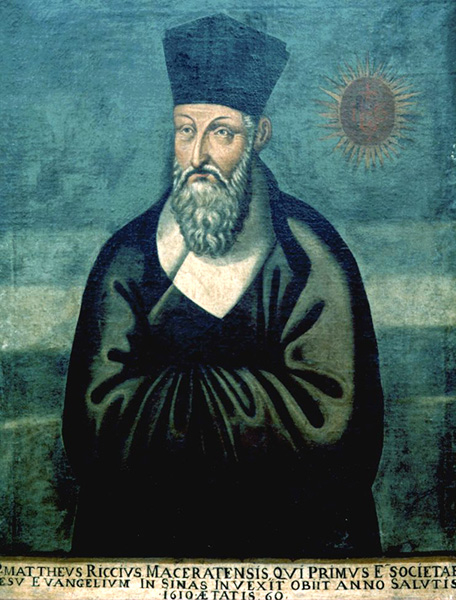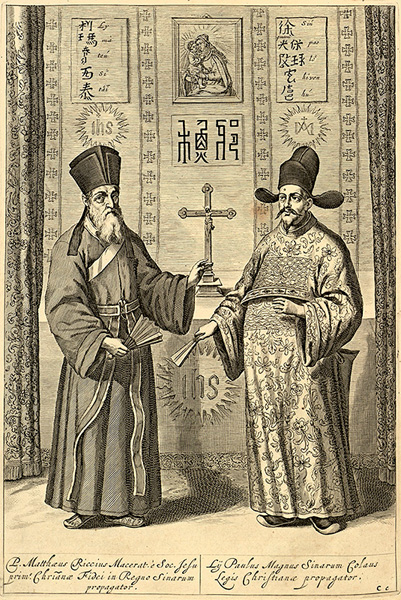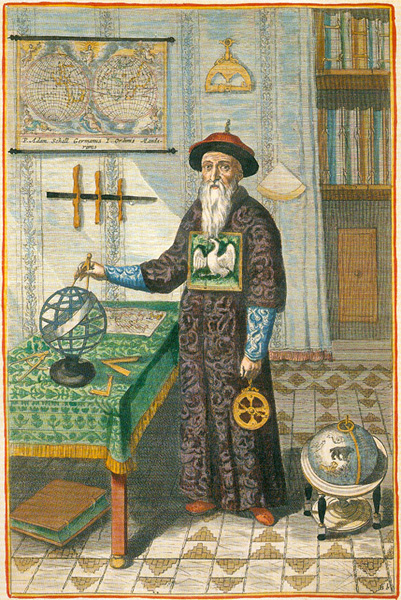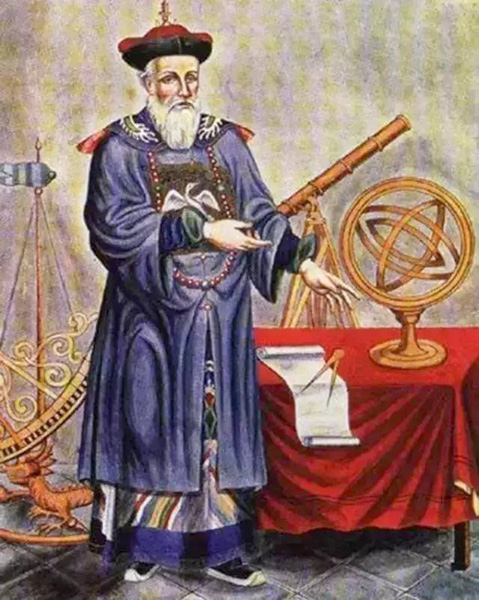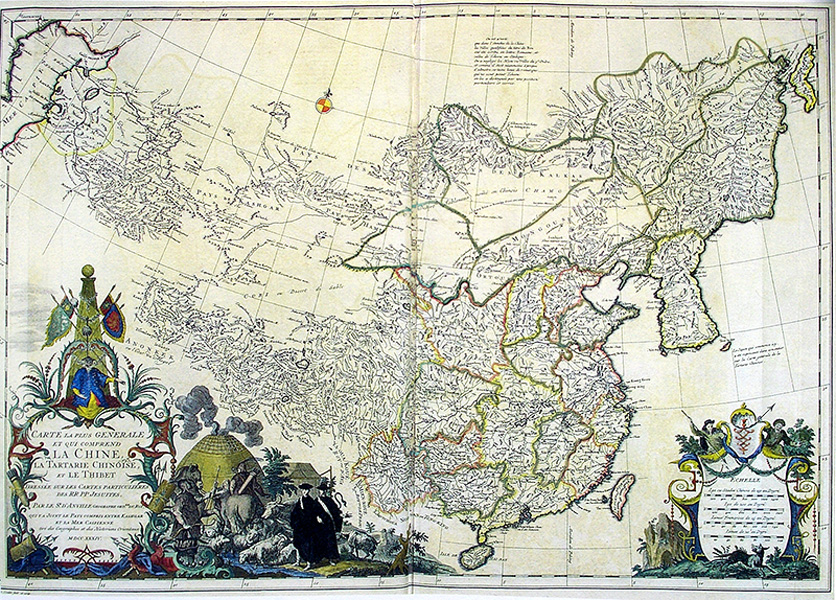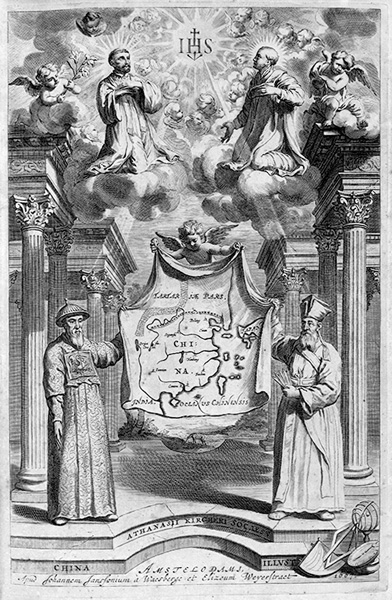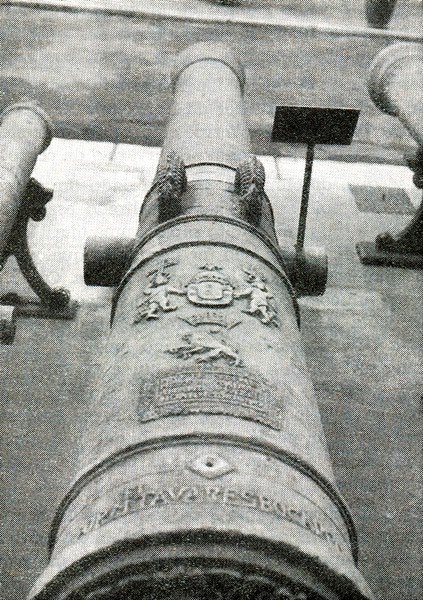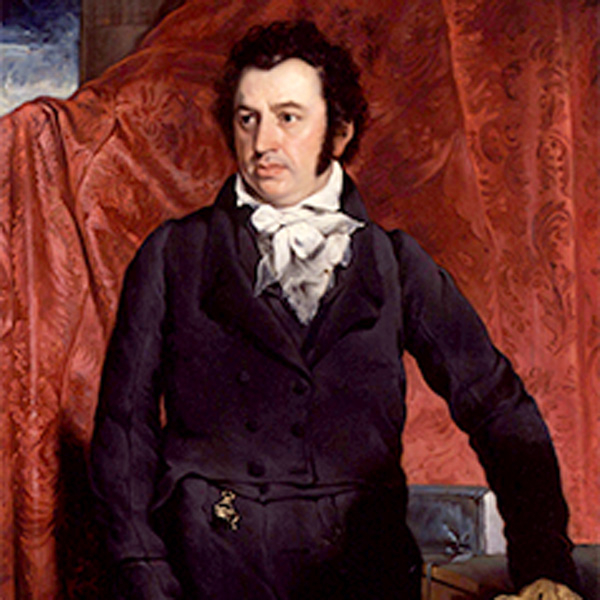Macao’s (Macau) opening to the outside world brought about foreign commerce and cultures.
The Jesuits played a critical role in the early Sino-foreign cultural exchanges by introducing Western science and technology including astronomy, medicine, and maths to China. In the Qing dynasty (清朝), missionaries such as Johann Adam Schall von Bell, Ferdinand Verbiest and Giuseppe Castiglione held posts at the Chinese court and worked for the emperors. Around this period, missionaries translated Chinese texts into European languages and sent them home. “Chinoiserie” (Chinese style) also came into vogue in the art and literature scenes of the 19th century Europe. Therefore, Macao was the intersection between Eastern and Western cultures before the 19th century.
Apart from science and art, a combination of Western and Eastern technologies in Macao also produced new methods of building cannons and ships.
|
|
What were the Jesuits’ posts at the Qing court? |
|
|
See answer below. |
Matteo Ricci was a pioneer Catholic missionary in China. After his arrival in Macao in 1582, he also acquainted Chinese officials and dignitaries with Western sciences, including astronomy, maths, and geography.
Matteo Ricci painted Kunyu Wanguo Quantu (《坤輿萬國全圖》), the first world map ever made in China. In 1601, Matteo Ricci and Diego de Pantoja had an audience with Emperor Wanli (萬曆) of the Ming dynasty (明朝) where they presented tributes, including the Kunyu Wanguo Quantu, striking clocks, the Bible, and Western instruments. The map represented findings from the Age of Discovery and China’s cultural communication with the world.
An illustration of Matteo Ricci and Xu Guangqi (徐光啟) from Euclid’s Elements. Ricci associated with many Chinese scholars and officials and one of them was Xu, who was later baptised a Catholic. Ricci and Xu co-translated Euclid’s Elements into Chinese in 1607.
Johann Adam Schall von Bell, who later served the Ming and Qing courts, came to Macao in 1619. When the Qing army breached the Ming’s border defence, he was appointed the first director of the imperial observatory.
Jesuit Giuseppe Castiglione served as a court painter during the reigns of Emperors Kangxi (康熙), Yongzheng (雍正), and Qianlong(乾隆).
The French cartographer Jean Baptiste Bourguignon d’Anville made a map of China in 1734 based on data provided by the Jesuits. It was the most accurate map of China at that time.
The title page of China Illustrata by Jesuit Athanasius Kircher depicting the founding members of the Society of Jesus, including San Ignacio de Loyola (upper right) and St. Francis Xavier (upper left), missionaries Matteo Ricci (bottom right), and Johann Adam Schall von Bell (bottom left). China Illustrata, an encyclopaedia on China and the Far East compiled by the Jesuits became a sensation in Europe.
A Bocarro Gun made in Macao by Royal Foundry (Fundição Real de Macau). The foundry produced iron guns utilising western casting techniques and Chinese iron smelting techniques. Its products were sold to India and Europe.
Lorcha, a sailing vessel with a Chinese-style sails on a European-style hull. (Collection of the Macao Museum of Art)
Porcelain products with the Society of Jesus’ logo. (Collection of the Museum of Macau)
|
|
What were the Jesuits’ posts in the Qing court? |
|
|
The Jesuits served the Qing court, who entrusted them with the imperial observatory. During the transition from Ming to Qing, Johann Adam Schall von Bell was appointed as the first director of the imperial observatory. Drawing on Western astronomy, he developed the Shixian Calendar (《時憲曆》). During 1659 to 1665, allegations were made against Schall von Bell by Chinese officials, but the Jesuits continued to direct the imperial observatory after his reputation was restored. Their work also extended into the Qing’s foreign affairs. For instance, Tomás Pereira and Jean-François Gerbillon participated in the negotiations of the Treaty of Nerchinsk and translated the articles. Jesuit Giuseppe Castiglione worked as a court painter for Emperors Kangxi, Yongzheng, and Qianlong. He was entrusted by Emperor Yongzheng with important tasks even during the religious ban. Not only did Castiglione paint but he also contributed to the design of the extended Old Summer Palace. |
Photo courtesy of Mr. Alex Lou, Vice Chairman of The Heritage Society, unless otherwise specified.





